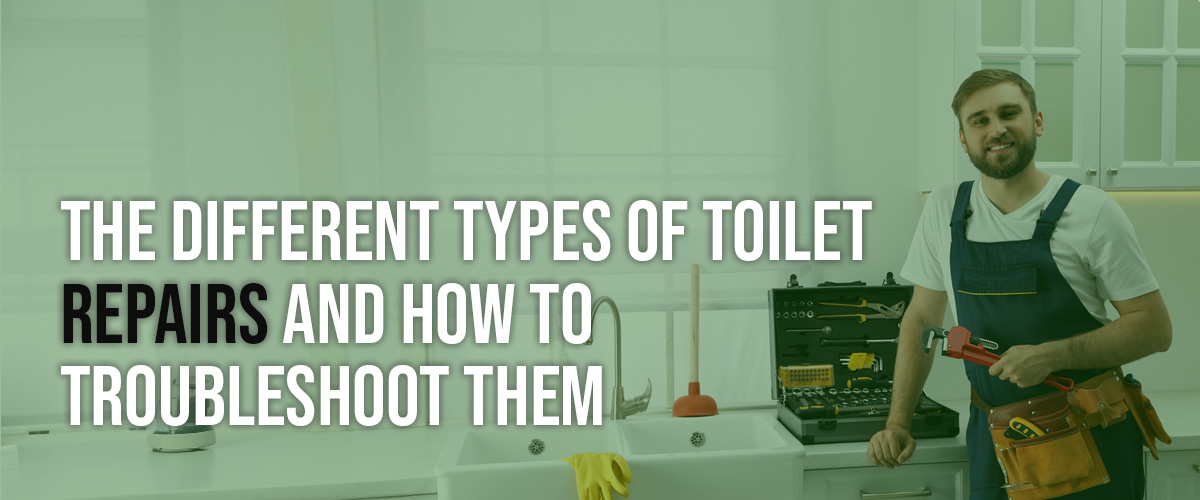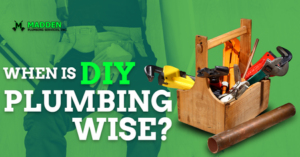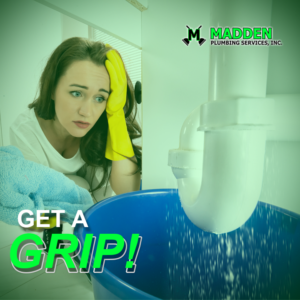The Different Types of Toilet Repairs and How to Troubleshoot Them
Can you imagine a day without a fully functional toilet? It’s vital to our daily routines, providing convenience, comfort, and cleanliness. Yet, we often take it for granted, overlooking the maintenance and repairs needed to keep our toilets running smoothly. But what happens when the flush stops working, or a leak appears?
Don’t wait for a bathroom emergency! In this article, we delve into the world of toilet repairs, equipping you with the knowledge and troubleshooting steps to handle common issues. Get ready to be the master of your porcelain throne. Are you prepared to troubleshoot? Let’s dive in!
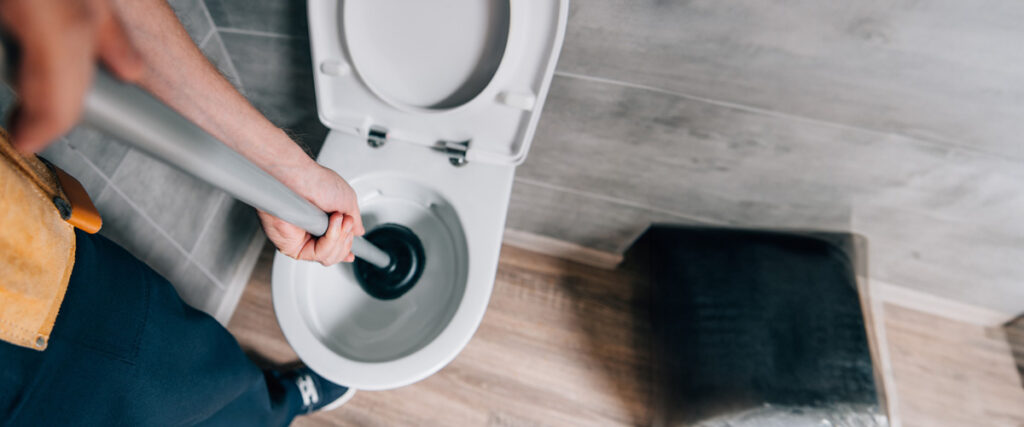
Common Toilet Problems and Troubleshooting Steps
Dealing with common toilet problems can be a hassle, but understanding how to troubleshoot them can save you time and money. Below are several commonly experienced issues with toilets and detailed guidelines for resolving them:
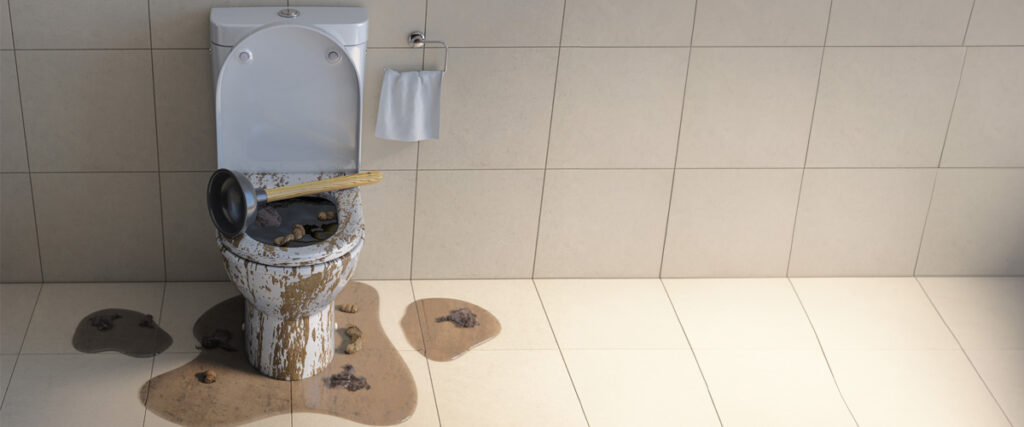
A. Clogged Toilet
Dealing with a blocked toilet can be frustrating, but you can swiftly resolve this problem in most cases. Follow these steps to unclog a toilet using a plunger:
- Position the plunger firmly over the drain opening, ensuring a secure seal between the plunger and the surface of the toilet bowl.
- Gently push the plunger down, allowing it to create suction. Then, pull up rapidly to generate pressure and dislodge the clog.
- Repeat the plunging motion several times, maintaining a good seal, until you notice the water starting to drain.
You can utilize a toilet auger or a plumbing snake if the clog persists. Here’s how to use it:
- Insert the drill’s flexible end into the drain hole, gradually pushing it in while rotating the handle.
- Continue turning the handle when you encounter resistance. The drill’s protruding tip will break up or grab onto the clog.
- Slowly pull out the auger, ensuring that any debris caught by it comes out with it. Dispose of the garbage appropriately.
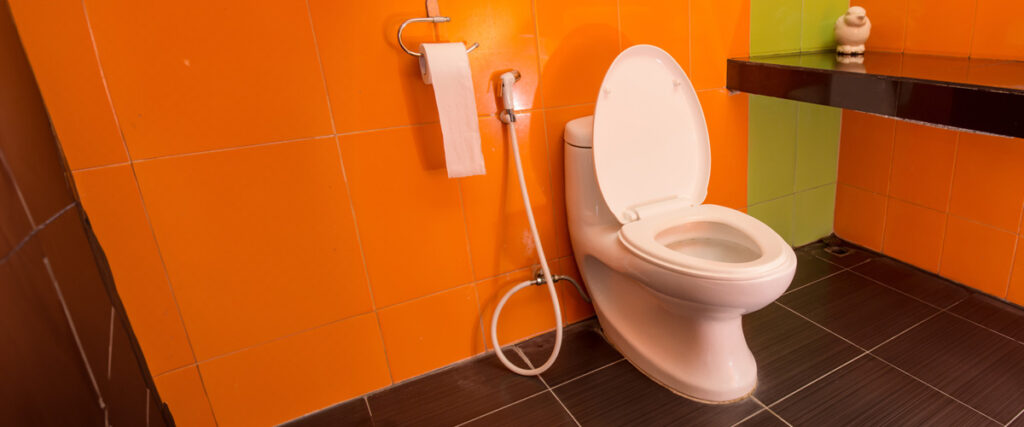
B. Running Toilet
A toilet that continues to run leads to water wastage and can be bothersome. Here’s how to troubleshoot and fix this issue:
- First, examine the flapper valve, which regulates water flow from the tank into the bowl, by lifting the toilet tank lid. You should replace the flapper valve if it is warped, deteriorated, or damaged.
- Secondly, examine the chain that connects the flapper to the flush handle. Ensure it is neither too loose nor too tight, as this can affect the proper sealing of the flapper.
- Finally, adjust the float arm or valve to lower the water level to fix a continuously running toilet. It will prevent excess water from flowing into the overflow tube, resolving the issue.
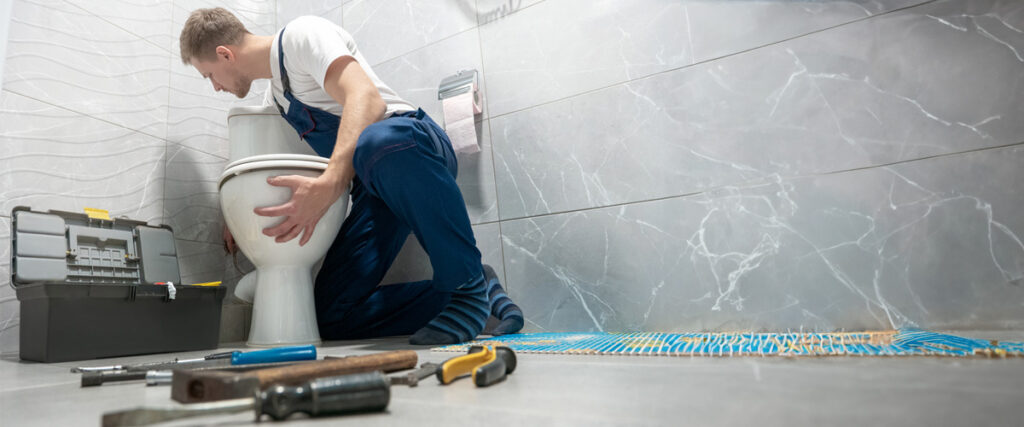
C. Leaking Toilet
A leaking toilet can cause water damage and additional costs. Follow these steps to fix a leaking toilet:
- To detect potential leaks, introduce a small amount of food coloring into the water within the tank. Wait for a few minutes without flushing. If you also notice colored water seeping into the toilet bowl, it indicates a leak.
- Inspect and replace any faulty tank components, such as the fill valve or flapper, which are common culprits for leaks.
- To repair a leaking toilet bowl, tighten or replace the bolts securing the tank to the bowl. It ensures a proper seal and prevents water from escaping.

D. Weak Flush
A strong flush can be frustrating and may result in adequate waste removal. Follow these steps to troubleshoot and improve the flushing power:
- Check the water supply valve near the toilet’s base and ensure it is fully open. A partially closed valve can sometimes restrict water flow, leading to a weak flush.
- Clean or replace the toilet’s rim holes, which are responsible for directing the water into the bowl during a flush. Mineral deposits or debris can accumulate over time and obstruct the flow, so ensuring they are clear will improve the color.
- Adjust the flush valve to allow more water into the bowl during each flush. This adjustment increases the volume of water available for a more potent and practical color.
E. Noisy Toilet
A noisy toilet can be bothersome if it disrupts your peace. Here’s how to address common causes of toilet noise:
- If the fill valve is making noise, adjust the float arm or consider replacing the fill valve altogether. The float arm should be adjusted to achieve the appropriate water level in the tank, preventing the fill valve from continuously running.
- If your toilet vibrates or shakes during and after flushing, it may be due to loose mounting bolts. Tighten these bolts to secure the bathroom firmly to the floor. Alternatively, worn-out parts like the wax ring or gaskets might require replacement to reduce vibrations.
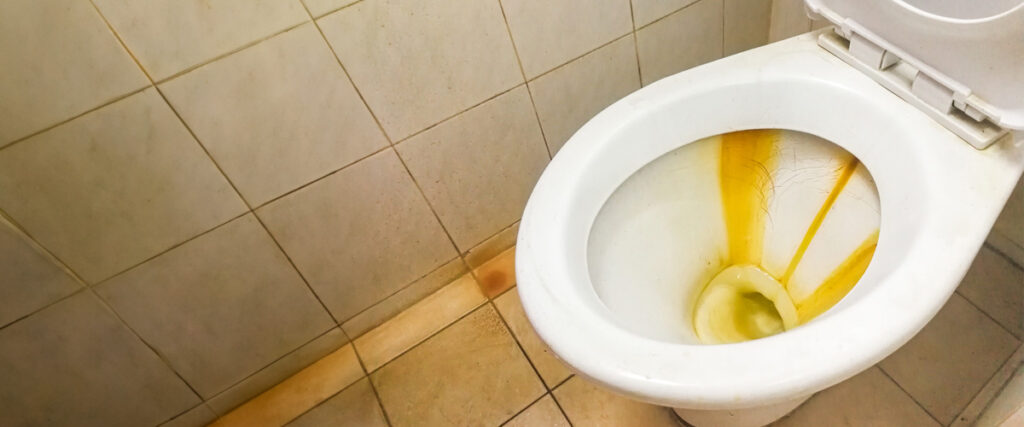
F. Toilet Bowl Stains and Odors
To tackle stubborn toilet bowl stains and eliminate unpleasant odors, consider these methods:
- To remove stains, apply toilet bowl cleaner to the bowl’s interior, focusing on discolored areas. Let it sit briefly, then scrub gently with a brush or sponge before flushing.
- For stubborn stains, employ a specialized pumice stone intended for toilets. Wet the pumice stone and delicately rub it against the discolorations, taking care not to exert excessive pressure to prevent scratching the porcelain surface. Afterward, remember to flush and rinse thoroughly.
- To address unpleasant odors, make a habit of cleaning the toilet bowl regularly with a disinfectant cleaner. Furthermore, utilizing air fresheners or toilet bowl deodorizers can contribute to maintaining a pleasant scent in your bathroom.
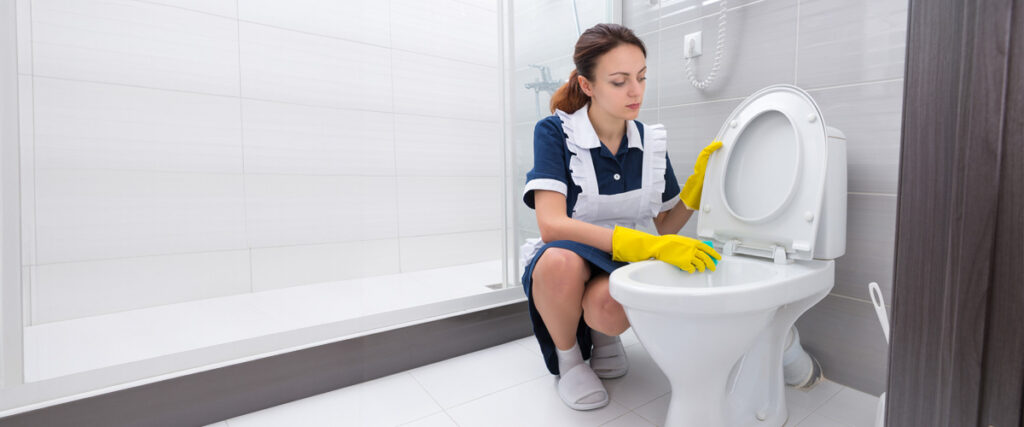
Preventive Maintenance Tips
To ensure your toilet operates smoothly and to prevent future problems, follow these preventive maintenance tips:
- Regularly clean the toilet bowl and tank to prevent buildup and stains.
- Avoid flushing items that can cause clogs, such as sanitary products, wipes, or excessive toilet paper.
- Check for small leaks by listening for running water or monitoring the water meter.
- Promptly repair any leaks or issues to prevent further damage and water waste.
- Inspect and clean the bathroom exhaust fan regularly to ensure proper ventilation. Dust and debris can accumulate, reducing efficiency and potentially causing mold growth.
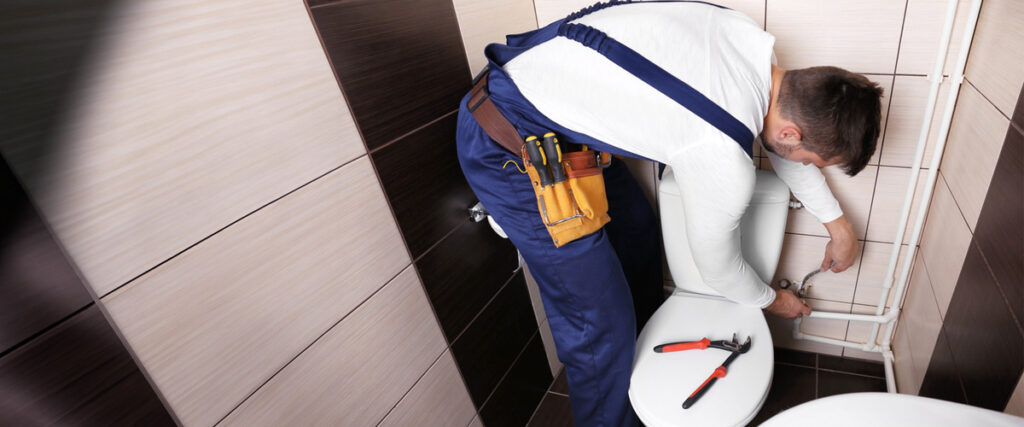
Mastering Toilet Repairs and Maintenance!
In summary, taking proactive steps to troubleshoot common toilet problems and implementing preventive maintenance measures is essential for ensuring a well-functioning and efficient toilet system. If you encounter issues beyond your expertise, feel free to seek professional help for toilet repair in Alabama.
Consequently, by adhering to the troubleshooting steps in this article, you can save time, money, and frustration. Remember, a well-maintained toilet offers convenience and comfort and promotes water conservation and sustainability. So, embrace the knowledge gained here and take charge of your toilet’s health to enjoy a worry-free and smoothly running bathroom for years.
